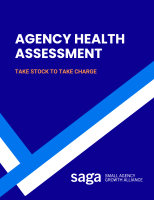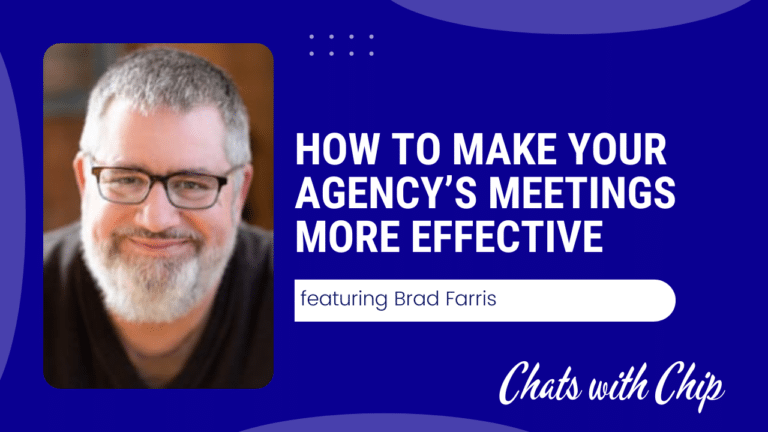Even though I’m not a fan of hourly billing by agencies in the vast majority of instances, it is still valuable to understand how your team invests its time on behalf of clients and the business.
Unfortunately, employees view time sheets with a mixture of dread and disdain. They’re not alone. As owners, we don’t like them all that much either.
When I started out as a Junior Account Executive for a PR agency back in 1994, we were all about client codes.
We did standard time sheets, but we also had to input client codes to use the phone, copier, and fax machine.
But it was all pretty simple. We had codes for each major client project, plus one for new business and a final one for internal agency matters. (And, disturbingly, I still remember those codes 25 years later.)
Even with that simplicity, our time sheets were only semi-accurate, but they still provided value to agency leaders in understanding the business.
Of course, back then, we recorded our time on sheets of paper by hand.
Today, there are lots of software tools that allow for easy setup and reporting of agency employees’ time.
With that ease of use comes a tendency to overcomplicate the requirements.
By default, a lot of these time tracking tools come up with pretty granular categorizations for each bit of time. You can track whether it is a phone call or meeting. You can note if it is for project management, admin work, travel, client service, or myriad other things.
And that’s all great. But the more complicated it is to use, the less accurate compliance you will get.
So you need to understand what really matters. For the most part, that will simply be how much time for which client (or which internal project).
Would it be nice to know how much time is spent on calls versus writing? Sure. But is it worth the added aggravation, the greater likelihood of fudging, and the probability that you won’t actually use that added information as much as you think you will?
Ultimately, know what client and project is the most important thing. After all, you’re not using the information to micromanage your team (right?) so you just need the big picture.
While you’re at it, make sure that your team knows that they don’t have to track down to the minute. You’re not a lawyer billing in 6-minute increments.
At the end of the week, their time sheets should accurately reflect what they did and how long it took, but don’t get wound up about whether something took 15 or 30 minutes.
Then roll up those reports so you have a better overview of how your labor time reflects your agency’s workload, priorities, and profitability.
If you want to understand how your team invests their time, keep it simple.










